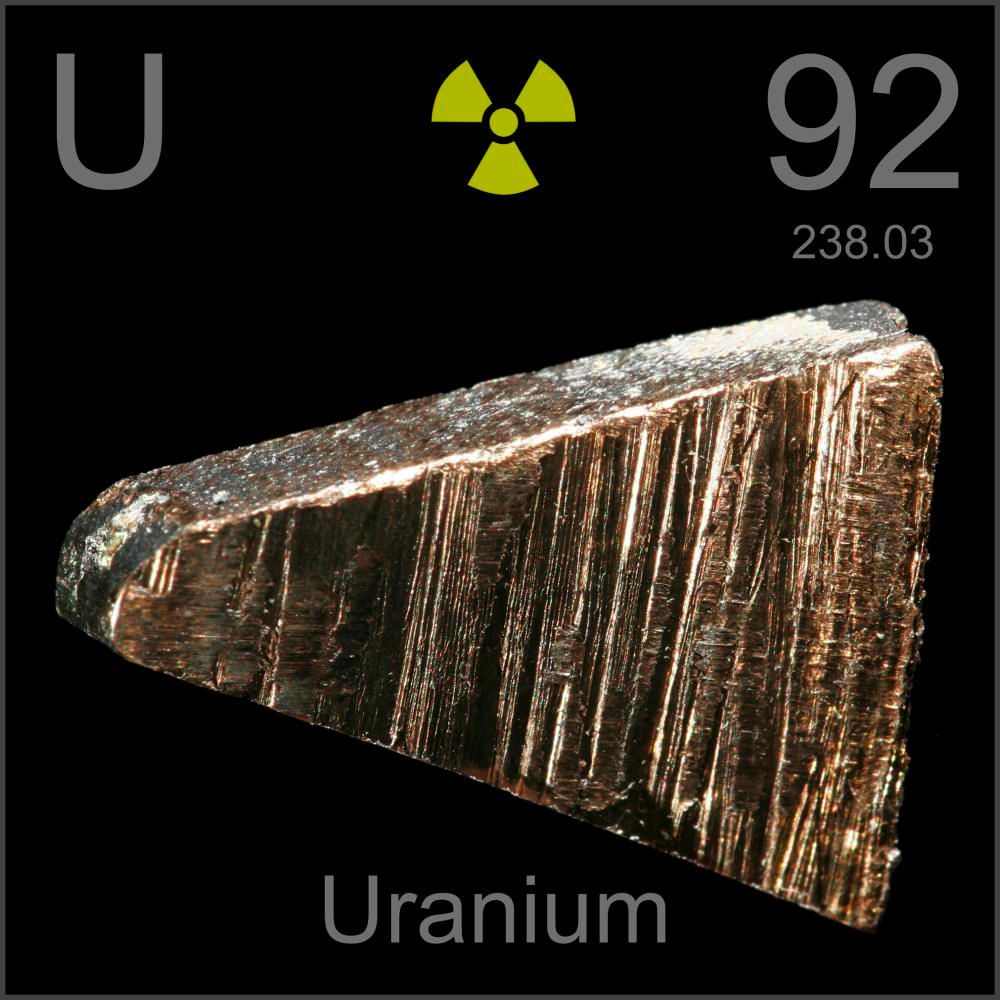What is the difference between cellular data being used on my phone and cellular data being used on my notebook? Data is data.
Using a phone purchased through them or unlocked? Locked phones will have proprietary bullshit to check if you are using a hotspot
At home i have a FWA over 5G (mobile) with 1Tb/month of traffic cap. That can be raised by 200Gb if needed. Cost 24€/month.
On mobile I have 150Gb capped 3G/4G/5G (whatever works) for 7.99€/month.
Not bad deals in comparison with what I read here.
How do they know if the source of data is hotspot? I’d imagine there is a way to stop your phone grassing on you.
If you root your phone and install a custom rom, you can get around it and they can’t tell.
If you’re factory, it sends that hotspot info to them.
TTL in the packet header is 29 instead of 30
Well that’s an easy fix.
There’s different internal network configs (APNs), and hotspot uses a different one than regular mobile data. ( or at least it used to). Those can be configured and metered separately from the carrier’s end.
LineageOS, and maybe some other custom ROMs, wouldn’t do that and would put the hotspot and mobile data on the same APN to get around that.
I’m still hoping for LineageOS on the Nord N30 but I can’t Even find a stock ROM to root it.
Even on my unlocked, non vendor phone it seems to not recognize hotspot data as different for some reason.
Can confirm, switching to Graphene solved this problem for me a long while ago.
Ugh. I was dumb and got a Samsung that was offered to me for cheap on the spot. If I had done any research I would have learned that there’s no alternative OS options. Now I’m stuck with it, because I’m poor, so I just try to avoid using it. I should keep an eye out for something used that’s compatible.
While it’s not at the same level as Graphene OS, Samsung is pretty well supported by Lineage OS. AFAIK at least in Europe Samsung phones have an unlockable bootloader, but YMMV.
Nah. Nobody’s figured out how to access the ROM on my specific model, unfortunately, and I’m 900% sure Canadian telecom oligopolists will not be cool about unlocking like that.
In my defense, if it was a laptop it would have been much less foolhardy.
Doesn’t unlocking the bootloader break Google Pay?
Don’t know, wouldn’t touch that with a 10 foot pole.
What’s wrong with Google Pay?
the Google part
You can lock the bootloader again after the flashing process is done(because it will add the signing key of the new OS), but unfortunately the NFC Payments in Google Pay still won’t work because Google only allows it on ‘certified’ Android systems (aka only the preinstalled OS)
Isn’t this dependent on the ROM, like lineage shouldn’t be locked where as calyx is locked likewise for graphine os
Yes, afaik LineageOS shouldn’t be locked, but I was talking about GrapheneOS specifically because @[email protected] was talking about that.
You can in theory still use Google Pay with a Magisk module called Play Integrity Fix and using a fingerprint from a different phone to pass Basic and Device integrity. I’m currently doing it on my Pixel 7 Pro.
But it has a steep learning curve and is a temporary solution that will disappear in roughly a year once Google sunsets legacy integrity methods and starts requiring Strong integrity, which can’t be faked under known methods. Google is also actively disabling fingerprints that are being spoofed, making the whole thing frustrating and even more temporary even when it works.
Just let us use our devices, sheesh.
Back when they just began recognizing it, they noted peculiar traffic. Desktop websites, batch downloads normally unavailable to that system. This assumes that you utilized the internal hotspot system and didn’t create a separate one. Now? Not sure whether their system is more robust but it should, theoretically, be possible to obfuscate your traffic using third party hotspot software. No clue where to look for that anymore.
I used to routinely use 100gb of data on my jailbroken sprint iPhone. Did that for almost 3 years. Never heard a peep from them. But this was forever ago.
That was great, and you didn’t have to pay some extra tethering fee every month either (or something like that, it was so long ago for me).
If you used the package I think you did, that’s not unusual. Absolutely will not remember the name but there were numerous tweaks that just flipped the hotspot switch but a couple that allowed you to use a hotspot without directly using the inbuilt function. One was free and broadly used.
You have to turn that feature on.
Could you install a different OS like suggested here https://dubvee.org/comment/1855949 / by Admiral Patrick below?
Yeah, installing a new OS on a phone isn’t something you do easily like on a PC.
You have to unlock the bootloader, which requires an unlock code from the manufacturer, then you have to factory reset it, and that’s even if your phone/carrier allows it. Many don’t (which is why it’s so hard for me to replace my phone…grrr).
So yeah, installing a new OS on your phone is typically going to require quite a bit of effort and some level of commitment as well as a device that’s bootloader unlockable and supported by an alternate OS (each device and model requires a custom build).
It’s…a whole thing. It really shouldn’t be, but it is :(
and that’s even if your phone/carrier allows it.
This is why you should buy the phone outright yourself then get a SIM only deal, rather than paying for your phone in contract.
Yeah I do, but SIM unlocked and bootloader unlockable are two different things. Sadly, not every phone (or even the same phones made for different carriers) are allowed to be bootloader unlocked; I have no idea why, but it is and sucks.
Yeah it’s definitely true, even with the same manufacturer it can be hit and miss. You gotta do your research before you buy.
I haven’t done it in a while, but it kinda depends on the phone, some were very easy to flash in the earlier days of Android.
Yeah, my old Moto Play G4 was a breeze. Wasn’t quite “Press any key to continue” but not much more difficult.
My OnePlus was a little more work, but that was mostly because of the OP website acting up and refusing to generate my bootloader unlock key. Also had to do things differently since it didn’t have an SD card to hold my install stuff like the Moto Play did.
I had one where you could literally run an app on the phone, no ADB or anything. Can’t remember what phone it was now but it might’ve actually been a Moto Droid
One one hand, that sounds extremely convenient. On the other, I shudder thinking what a malicious app could do with that 😆
Edit: Unless you’re talking about doing it through TWRP. I had to flash that over fastboot, but once installed to the recovery partition, I could boot into that and install the rest of Lineage and extra packages straight from the SD card. Updating the system was just downloading the new Lineage .zip to the SD card, booting into TWRP, and clicking install.
Maybe, but it’s not worth it just for a few days, which is all I’ll need it for. I just forked over $15 for another 10 gb.
$15 for 10GB?! USA phone bills are extortionate!
Lol when I travel to the US I get 12GB roaming per month included for no extra charge.
I just have unlimited data in 200 countries on Fi in the US.
You think our phone bills are extortionate? Try Canada. They’re worse. Which is really saying something.
Yeah, it really sucks, but at least there aren’t roaming charges anymore.
It’s worth it for more than a few days, custom ROMs ftw.
Personally my minimum features are:
- Long press back button to force close and kill an app.
- Call recording.
All the other stuff and customisation is just tasty gravy.
negotiate. i called my last carrier from my new carriers retail store front. they practically begged me to stay and said they’d give me everything i asked for.
Which is bullshit. Who cares if you download something at full speed on your phone or through the hotpot? A bit is a bit, doesn’t matter where it ends up when received by the phone’s modem.
It’s a sneaky way of having a bandwidth cap without having a bandwidth cap. Mobile devices have smaller storage, so you’re less likely to use as much bandwidth compared to a laptop. Also a single device going to use less data than multiple devices sharing a hotspot.
Jokes on them, I have a 512GB micrSD card and I use Termux to archive videos through YT-DLP.
Was just going to say… my phone has 512GB storage and can do direct WiFi file transfer to my computer without a hotspot. All without using the mobile hotspot feature.
You can burn through a huge amount of data streaming 4K video on your phone without using any storage. You can also plug a 20TB USB hard drive into your phone, connect to a VPN and torrent away.
But most users don’t. And that’s what they’re counting on.
The carrier who’s paying for your traffic. You’re most likely going to use a lot more data on a computer than actually on your phone.
The carrier who’s paying for your traffic.
soooo… what’s with the monthly bill then?
I mean let’s be real, it’s incredibly complex and amazing technology. Borderline magic. And depending on where you are, yeah consistently using large amounts of bandwidth can and will impact other users.
So a policy like this makes sense, to a point. It’s when they auto charge you for hitting a “limit” that grinds my gears.
And I’m sure we can all acknowledge what would happen to prices if there were zero restrictions. A top budget blogger tip would be “stop paying for your expensive broadband service! Plug your phone in and tap “hotspot” in settings to save $50-$100 a month.“
Normies (grandmas using Facebook, not WFHers/gamers) would be frivolous to pay for two “equivalent” Internet services.
(Before you think me a corporate lobbyist, know I submitted a complaint to the FCC when Comcast first implemented broadband bandwidth caps in the USA. Saw that BS in Canada.)
Less than it would be if they expected you to go full ham 24/7.
Username checks out.
This is one of those ‘innovations’ people mean when they say capitalism drives innovation. Not the hotspot, the pointless extra charge for something your phone can just do on its own.
I have been bypassing this with Pdanet app for over 10 years. I don’t think the app gets regular updates anymore, but it has worked for me on many different phones, and windows versions. Also different carriers.
Doesn’t have to be usb either, I use the wifi direct setting it has and have used 100gb in a month. With minimal or no slowdown.
I still use it almost daily, as fiber or any other form of internet isn’t available in my area besides satellite (not talking about starlink). I also play online games usually 80 latency, which sucks, but better than nothing.
Doesn’t look like there’s a Linux client unfortunately.
Ah, thats a shame. Pdanet also has an app called foxfi, which can active unlimited hotspot on some phones/carriers, so uou wouldn’t need the client app.

Theres a free trial, give it a try if you haven’t already
Thanks!
EasyTether+ might have a Linux client. It’s a similar app
I remember when I had the original iPhone with jailbreak I was able to use it as a hotspot without the carrier restrictions. Guessing it’s the same way now that it is handled in the OS and phone makers have carrier agreements to separate the traffic so people don’t use as much of their service as they pay for.
Companies even do this if you have a 5g modem.
There is a 2 hour window at the end of the month in which I am miserable.
I’m at the tip of the US’s Wang and have zero access to wired internet, so I am stuck. 😞
I know this is going to sound like an ad. Visible has unlimited 5G, and 5Mbps* hotspot, for $25/mo. It’s owned by Verizon.
Worth noting: “Visible includes mobile hotspot with unlimited data at speeds up to 5Mbps.”
Yeah if you pay for the $45/plan it’s 10Mbps speed
Att et al keeps throwing around the word ‘unlimited’. I actually had a conversation with Verizon, before I dropped them, and actually used this exact quote to the guy…
He was like, “princess bride. Nice. But, yeah, I have to read the script.”
Get EasyTether for your phone ($10) and you can USB tether to any PC that has the companion app installed (free).
Even a Raspberry Pi works. I have a Pi configured to broadcast as a WiFi AP, so I just plug in my phone via USB and I have instant WiFi for all of my devices. Takes a fair amount of configuration to do that, but there are tutorials online. Much easier just plugging your phone into a laptop for internet on just that laptop.
Or maybe a laptop can act as a WiFi AP, too. I do know Windows can share internet out a free Ethernet port very easily.
I use a VPN so my wireless provider doesn’t see Windows update or Stream downloads, etc.
Try plugging your phone on via the USB instead of a WiFi hotspot. It may not detect it as a hotspot.
Root your phone and you can manage which APN is used by tethering. If you can’t do this consider trying a connecting to a VPN before enabling tethering, the connection will on some devices remain active on the normal APN because changing would disconnect the VPN and keeping connected is higher priority than updating the APN. Also USB tethering and WIFI tethering may behave differently.
In the end this is a good argument for better regulation. When you buy a car they don’t get to extract more money from you because you drive out of state or use it for business. The fact that telecommunications companies have so much power and access to basically monitor what you are doing and bill accordingly is insane. You should pay for a service with a simple and clear contract and all this crap should be made illegal.
It’s because at&t also sells home Internet. If you have unlimited hotspot, then you wouldn’t want that sweet sweet DSL or whatever shit Internet ATT sells
Use a VPN. ISP are being disingenuous when they claim a data connection is unlimited at the point of purchase and then slug us with restrictions when we try and use it. If they can detect a tether, the VPN should obscure it.
Start the VPN from the phone though, otherwise the TTL-trick will still work for them.


















